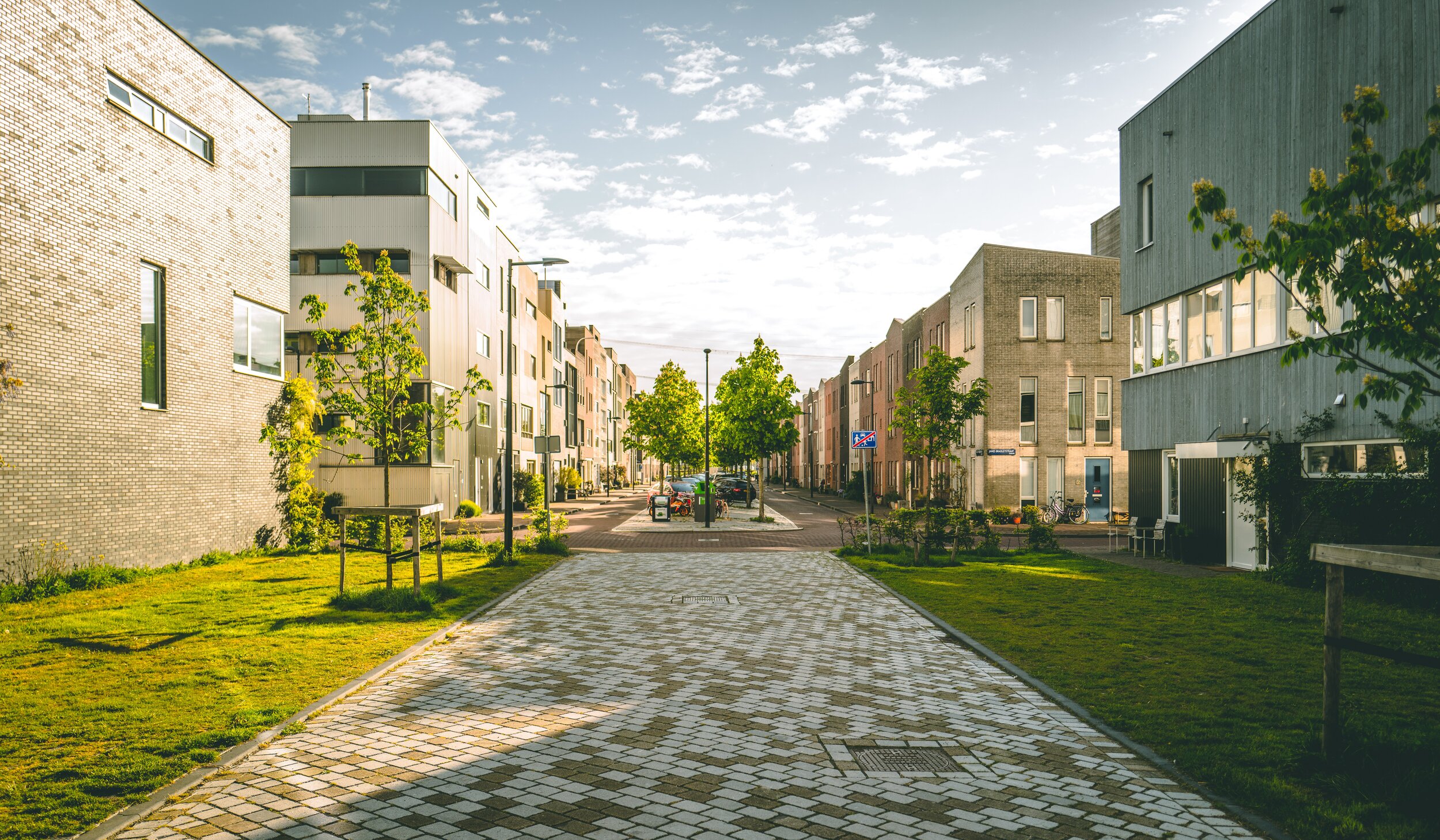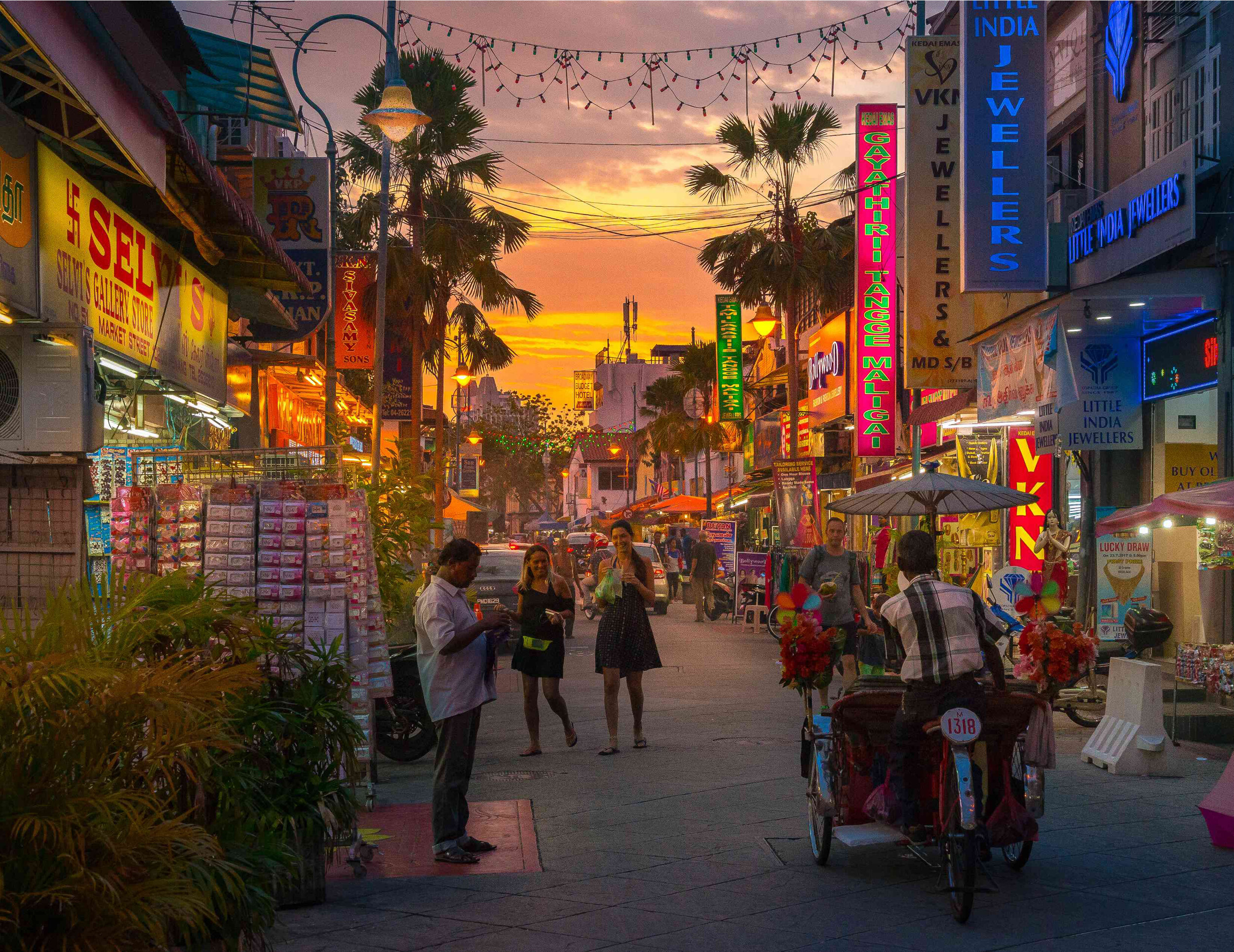« “Sustainable cities and communities” start with sustainable neighbourhoods. »
As of 2015, over 55% of the world’s population lives in cities. This is set to go up to 66% by 2050 (and this transition will happen mostly in the Global South). Responding to global climate change is all the more relevant in urban areas where demand for resources is highest (driving production and related environmental impacts elsewhere), and where citizens’ health and urban infrastructure is increasingly vulnerable. An integrated and sustainable approach in cities will be key in alleviating negative effects from unplanned urbanization, and its consequent implications on resource use, biodiversity and climate. And “sustainable cities and communities” start with sustainable neighbourhoods.
It is in neighbourhoods where people can easily meet their daily needs, socialize, and feel safe. This requires high-quality urban landscapes and open spaces, sustainably designed housing, shopping and recreation, access to schools, childcare facilities, and other services. At the same time, each neighbourhood needs good transport links to the places where people need to go, whether it is for work or pleasure.
By emphasizing the importance of local context, design and integration, the neighbourhood guidelines aim to inspire all stakeholders involved in urban planning and service provision to think differently, and to provide them with the necessary tools to take action.
The different sections of this website present in a snapshot the critical design principals and a summary of the United Nations Environment Programme publication “Integrated Guidelines for Sustainable Neighbourhood Design.”
Each section on this site shall provide links to the full-length chapter in the report to go deeper into each topic (forthcoming).
















